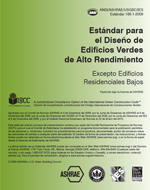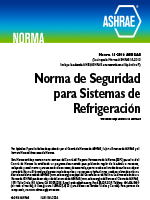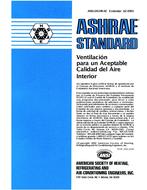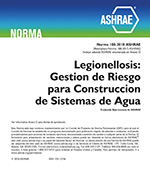Description
The purpose of this project was to devise a simple, experimentally validated method for quantifying the energy impacts of exterior envelope air leakage. Four full-size exterior envelope test specimens, two opaque wall systems and two fenestration systems, were built for determining simultaneous conductive and convective heat loss. The two opaque clear wall sections were metal-faced sandwich panel and cold formed steel frame. The steel frame system was a conventional lightweight cold formed steel-framed wall tested before and after foam air-sealing in the cavity prior to installing conventional fiberglass batts. The second opaque wall system was a metal panel system, which is used for commercial cold storage facilities as well as exterior curtain walls for multifamily residential and commercial buildings. The window systems were tested for energy loss both with and without the addi-tion of storm windows. The measurements were made in a specially modified guarded hot box that can maintain both heat and mass flow across the test specimen. Thus, both heat and mass flow were measured. A proposed methodology for taking data from hot box tests and deriving a simple design tool suitable for inclusion in a simplified prediction tool (instrument) is presented, and the methodology is tested with data from the hot box measurements. Further envelope tests will be required since the limited number of systems tested are not sufficient to confirm the applicability of the proposed methodology. At this time the method has only been applied to a few different types of windows. The paper concludes that the methodology developed for quantifying the airtightness for windows is promising and proposes that additional opaque wall details be laboratory tested and the methodology expanded to the entire exterior envelope.
AUTHOR: Andre O. Desjarlais, Kenneth W. Childs, P.E., Jeffrey E. Christian
CITATION: Thermal Performance of the Exterior Envelopes of Buildings VII
KEYWORDS: December, Florida, 1998
YEAR: 1998
Citation: Thermal Performance of the Exterior Envelopes of Buildings VII
Product Details
- Published:
- 1998
- File Size:
- 1 file , 1.4 MB
- Product Code(s):
- D-8066




